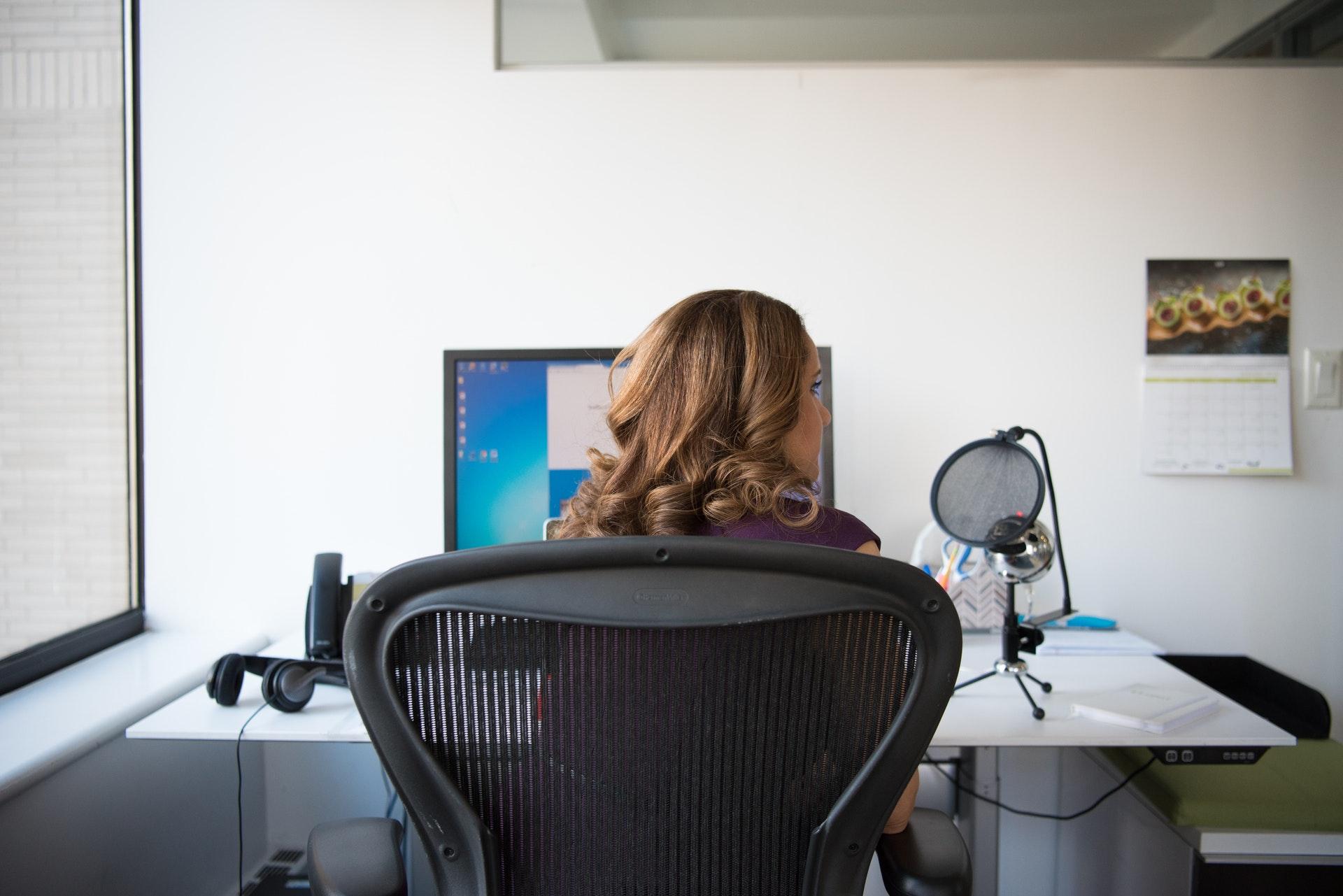
In an era of rapid technological advancement and instant gratification, it has become more important than ever to ensure a healthy working environment that nourishes both the mind and soul. Imagine spending hours and hours sitting behind a desk and staring at your monitor each day. If you’re not careful, neck and back pain, sore wrists, and numb fingers could be the tall order of the day.
Many businesses strive to create an ergonomic workspace that allows employees to be safe, healthy, and relatively stress-free. A comfortable working environment means more room for productivity and efficiency. You will get this if you give your workstation a makeover and transform it into an ergonomic workspace.
Think of a high-back chair that perfectly supports your back and a desk that does not strain your wrists when you type away for hours at a time. These little tweaks here and there can do wonders to your work disposition. Practicing good ergonomics also means reducing the risk of musculoskeletal disorders, such as a ruptured disc, strained muscles, and tendonitis.
If you want to keep your work life safe, healthy, and comfortable, you may consider the following essential steps to an ergonomic workspace.
Find the Right Chair

Practicing good posture is paramount. However, if the chair you’re using is not a good fit, it will be hard to find a comfortable position that is ergonomically correct at the same time. You sit in front of the computer most of the day, so finding a chair that allows you to sit comfortably without compromising your posture is the best course of action.
So what constitutes an ergonomic chair? Ideally, you should be able to adjust the height of your chair to fully support your back. It must have an armrest, lumbar support, and proper seat pan depth settings. Do your feet fail to reach the floor? You might want to consider getting a footrest.
Ultimately, you have to remember that the world’s best chairs won’t be able to help you if you don’t help yourself, so make sure to consistently practice good posture. Be sure to sit with hands, wrists, and forearms straight and parallel to the floor. Your head should be level and in line with your torso. As much as possible, you should avoid slouching to ease up pressure on your discs and vertebrate.
Ergonomic chairs can be expensive. If you don’t have the funds for one now, consider getting an orthopedic seat pad and back support set instead. They’re much more affordable and can fit any chair, so you don’t have to spend big money on an ergonomic chair.
Let Your Equipment Work for You
Adjust your work equipment, not the other way around. Your station should work for you instead. Ensure that your keyboard and mouse are at the same level, positioned to keep your wrists straight. The weight of your arms should be supported by the chair’s armrest.
Your monitors and other display devices should be at your eye level to not strain your neck or force you to squint. You can do this by choosing the right computer that fits your needs.
If you are using other tools like pens, staplers, and pencils, make sure they are all within your reach. You may be using your phone frequently. If that’s the case, ensure that your phone is not too heavy when cradling it between your ear and shoulder by choosing a lightweight custom phone case. Or better yet, get a speaker or headset to make for a more comfortable experience.
Get the Perfect Desk
There must be space under the desk for your knees, thigh, and feet. Avoid a desk that is too low and inflexible. You need one that you can adjust accordingly when needed. If it is too high and cannot be adjusted, you may opt to raise the height of your chair. Desks with a hard edge may need a soft pad on the edges. Alternatively, you can also use a wrist rest.
You should avoid storing items under your desk. The less clutter, the better. You will avoid accidentally kicking them or bumping into them, which means fewer accidents and injuries.
Try to Reduce Repetitive Movement
You are spending way too much time in front of your desk that your back and neck hurt. That is a recipe for most musculoskeletal disorders caused by repetitive motion. To avoid this, you need to constantly change your tasks, even for just a short period. For example, if you’re in an upright position, you can try standing or reclined sitting.
You can opt to stand up and move around. Take a few minutes to do this, even if it means walking down the hall to get a fresh drink or looking out the window to let your eyes rest.
Wrapping It Up
Working should not feel like a chore or put you in harm’s way. An ergonomic workspace is crucial for a more productive and efficient work environment. It helps keep you safe from injury and allows you to work comfortably. This can do a lot in reducing your stress levels and ensuring a pleasant working atmosphere.
About the Author
Megan Harrison is a full-time digital nomad who enjoys owning her time and space. She loves indulging in life’s simple pleasures, whether it’s walking her dog in the park every morning or getting a mug of coffee from her favorite shop. When she’s not writing articles, she can be found absorbed in a good mystery novel.